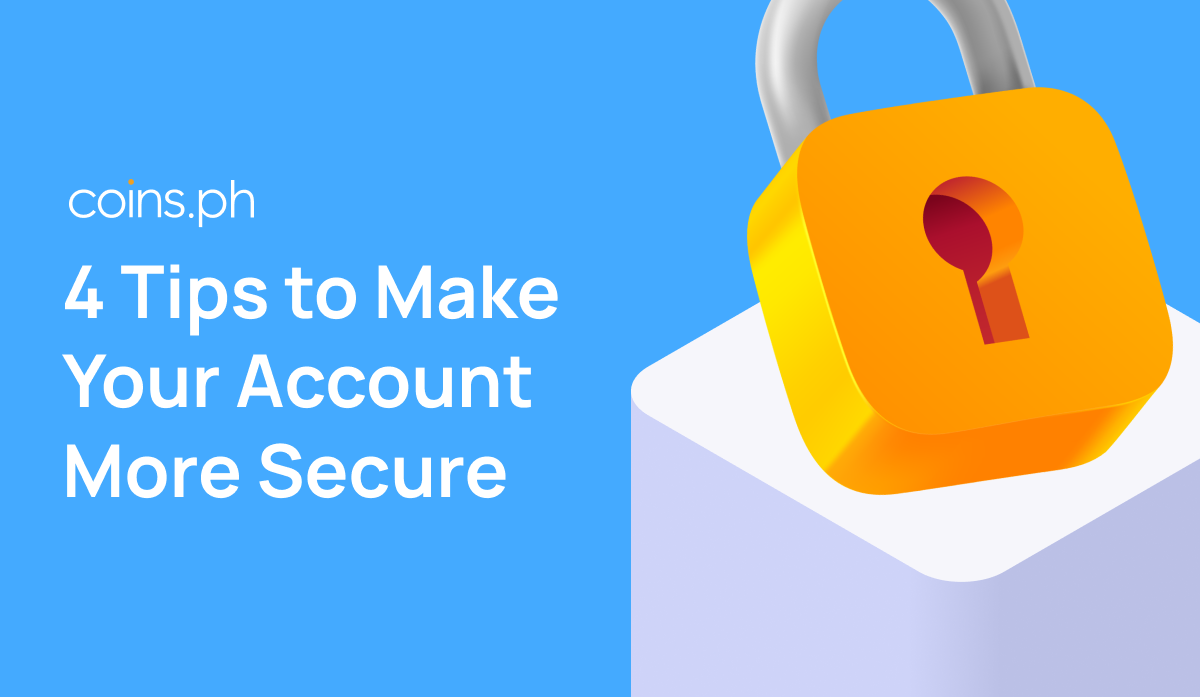At Coins.ph, we take your account security seriously. To help you stay protected, we've created an easy-to-follow security checklist. By following these simple tips, you can significantly enhance the security of your account and prevent unauthorized access.
Tip 1: Use a Strong and Unique Password
To ensure your Coins.ph account is secure, create a strong and unique password. Avoid using common or easily guessable information like your name, birthdate, or simple words. A strong password should:
- Be at least 10 characters long
- Contain a mix of uppercase and lowercase letters, numbers, and special characters like % or &
- Be different from passwords used for other accounts (e.g., email, social media)
By choosing a unique and complex password, you’ll make it much harder for attackers to gain access to your account.
Tip 2: Never Share Your Password and 2FA Codes
Never share your password or two-factor authentication (2FA) codes with anyone, even if they claim to be from Coins.ph. Remember, Coins.ph will never ask for your password or 2FA codes via email, text, or any other means of communication outside of our secure sign-in screens and transaction confirmations.
Be extra cautious when handling emails or SMS messages that seem to come from Coins.ph. Avoid forwarding these messages, as they may contain sensitive account details. If you're using a shared computer, always log out after use to protect your account.
Tip 3: Check The Website Address Before You Log In
Before entering your login credentials, always check the URL of the website. Fraudsters may try to impersonate legitimate websites through phishing tactics to steal your account details. To ensure you're on the right website, confirm the URL is:
If you encounter any suspicious activity, immediately report it to help@coins.ph. Always be vigilant about phishing scams and unauthorized websites.
Tip 4: Enable 2FA via Google Authenticator
Two-factor authentication (2FA) is an essential step to protect your Coins.ph account. By enabling 2FA, you add an extra layer of security. Each time you log in or make a transaction, 2FA will prompt you to enter a randomly generated code, which is very difficult to hack.
While SMS-based 2FA is enabled by default, we highly recommend setting up 2FA using Google Authenticator for additional security. Learn how to enable 2FA and enhance your account protection.
